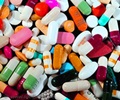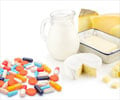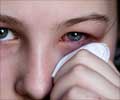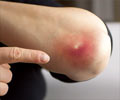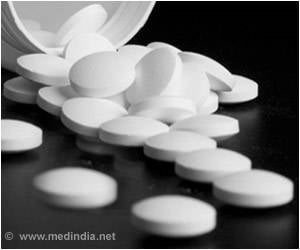Sulfonamides and cephalosporins, common antibiotics, linked to significantly higher risk of severe skin reactions.
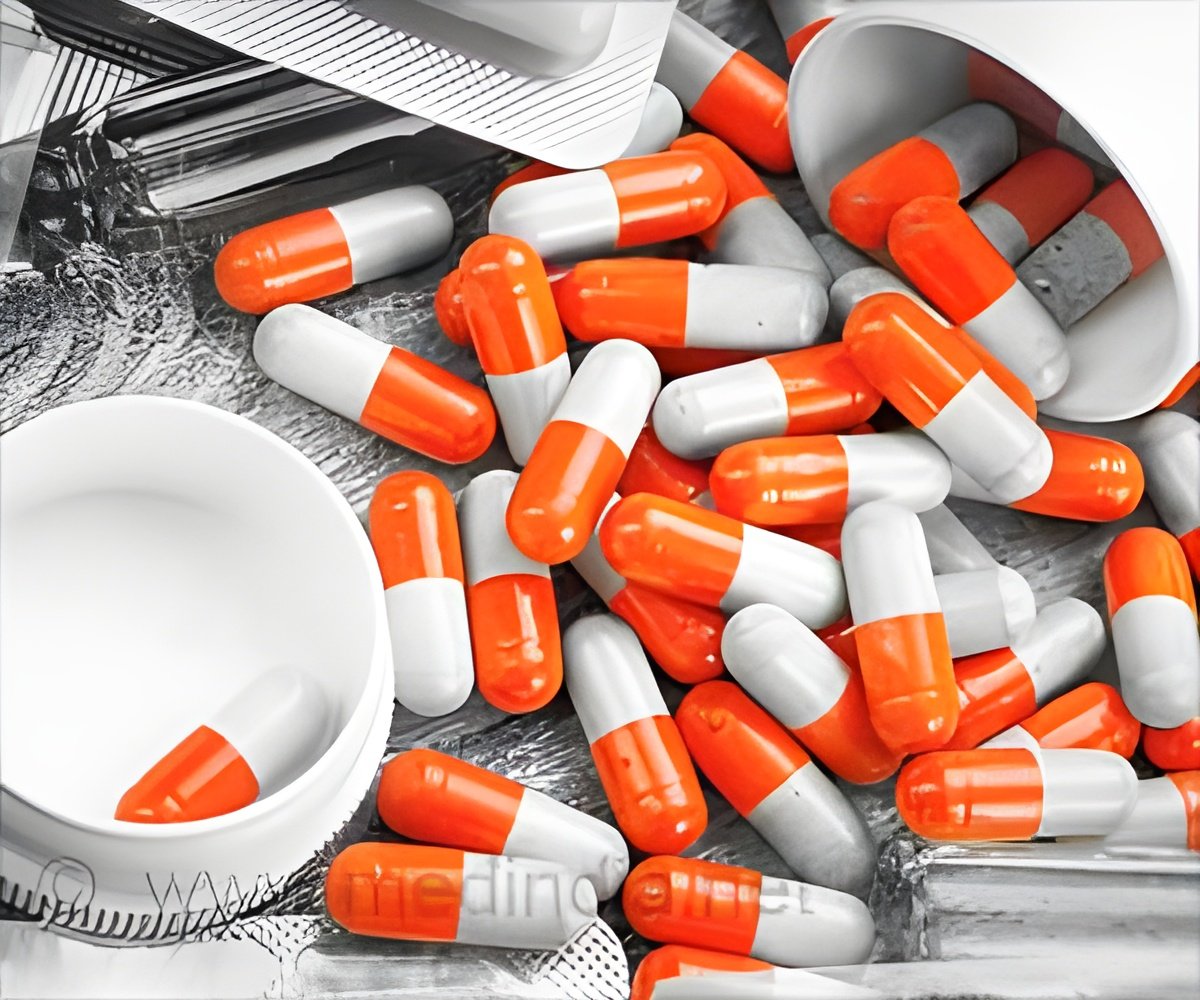
Oral Antibiotics and Risk of Serious Cutaneous Adverse Drug Reactions
Go to source). Researchers from ICES, Sunnybrook Research Institute and the Department of Medicine at the University of Toronto’s Temerty Faculty of Medicine suggest that prescribers should consider using lower-risk antibiotics for their patients when clinically appropriate.
‘All #antibiotics linked to higher risk of serious #skinreactions compared to macrolides. But watch out for #sulfonamides & #cephalosporins - they're the biggest culprits! #drugreactions #drugnews’





Serious cutaneous adverse drug reactions (cADRs), or severe drug rash, are a group of rare but potentially life-threatening delayed reactions involving the skin and, often, internal organs. Some of these reactions carry mortality rates from 20 to 40%. While many different classes of drugs can cause serious cADRs, antibiotics are among the most commonly reported triggers for these reactions. Antibiotics: Hidden Risks and Safer Options
“Clinicians have speculated that certain antibiotics carry greater risk for these severe reactions, but no study has ever confirmed these claims” says Erika Lee, an allergist and a trainee with ICES and Temerty Medicine’s Eliot Phillipson Clinician-Scientist Training Program. “Our objective was to explore the risk for cARDs in a population of older adults, who tend to receive disproportionately more antibiotic prescriptions than younger adults.”Published in the journal JAMA, this case-control study used healthcare data from ICES of adults 66 years or older who received a prescription for at least one oral antibiotic between 2002 and 2022 in Ontario, Canada.
Over the study period, 21,758 adults had an ED visit or hospitalization for a serious cADR following oral antibiotics and were matched with 87,025 controls who did not have a reaction.
“The good news is that most patients who visited the hospital with these reactions were discharged without being admitted, so that should be reassuring to providers and patients,” says Lee. “However, of those who were admitted to hospital with the most severe reactions, twenty percent were treated in the ICU, and five percent of hospitalized patients died, which underscores the need for careful prescribing practices.”
Advertisement
Key findings include:
- There were 2 cADR-related hospital visits for every 1000 antibiotic prescriptions dispensed.
- About 1 in 8 patients presenting to the ED with antibiotic-related cADRs was hospitalized, likely because their reactions were more severe or because of concerns about potential complications.
- 20% of hospitalized patients with the most severe forms of cADRs were treated in a critical care unit, and 5% of those patients died.
Advertisement
“It’s also one more reason why antibiotics should be prescribed only when they’re truly needed,” he adds.
The article, “Oral antibiotics and the risk of serious cutaneous adverse drug reactions,” was published in JAMA.
Founded in 1827, the University of Toronto is Canada's top university with a long history of challenging the impossible and transforming society through the ingenuity and resolve of its faculty, alumni and supporters. We are proud to be one of the world's top research-intensive universities, bringing together top mins from every conceivable background and discipline to collaborate on the world’s most pressing challenges.
Our community is a catalyst for discovery, innovation and progress, creating knowledge and solutions that make a tangible difference around the globe. And we prepare our students for success through an outstanding global education rooted in excellence, inclusion and close-knit learning communities.
The ideas, innovations and contributions of more than 679,00 graduates advance U of T’s impact on communities across the globe. Together, we continue to defy gravity by taking on what might seem unattainable today and generating the ideas and talent needed to build a more equitable, sustainable and prosperous future.
Reference:
- Oral Antibiotics and Risk of Serious Cutaneous Adverse Drug Reactions - (https://jamanetwork.com/journals/jama/article-abstract/2822097)
Source-Eurekalert

